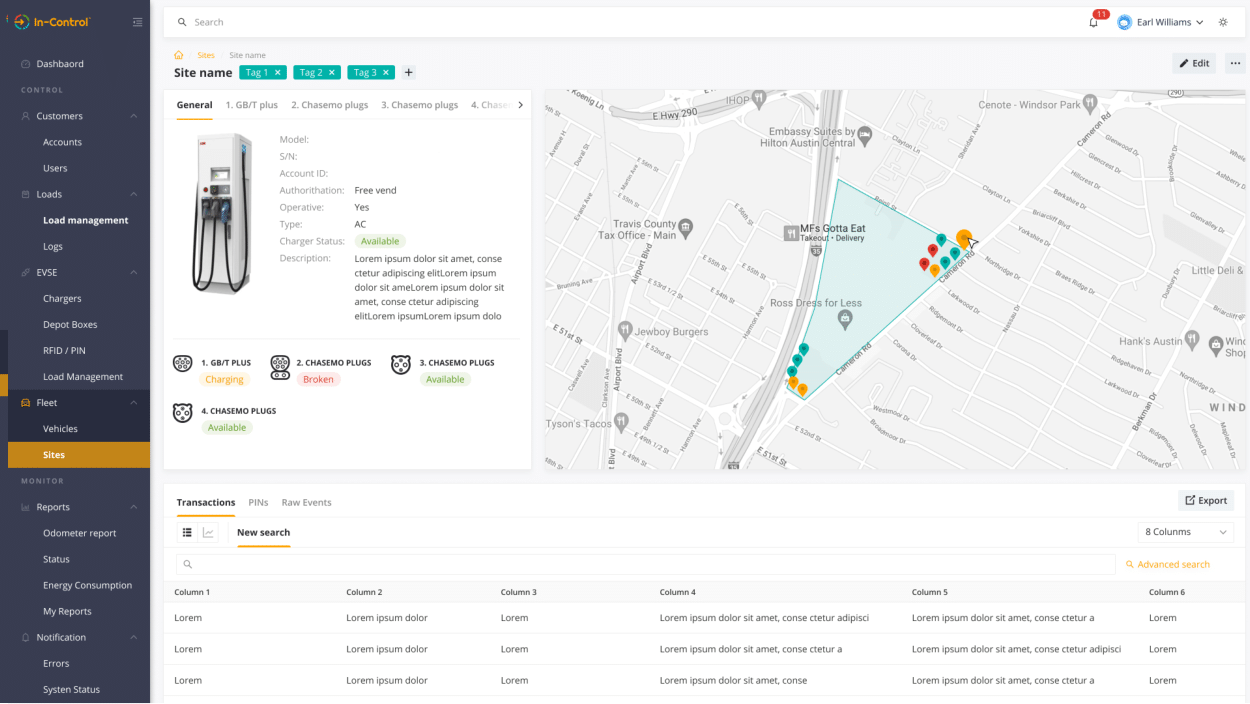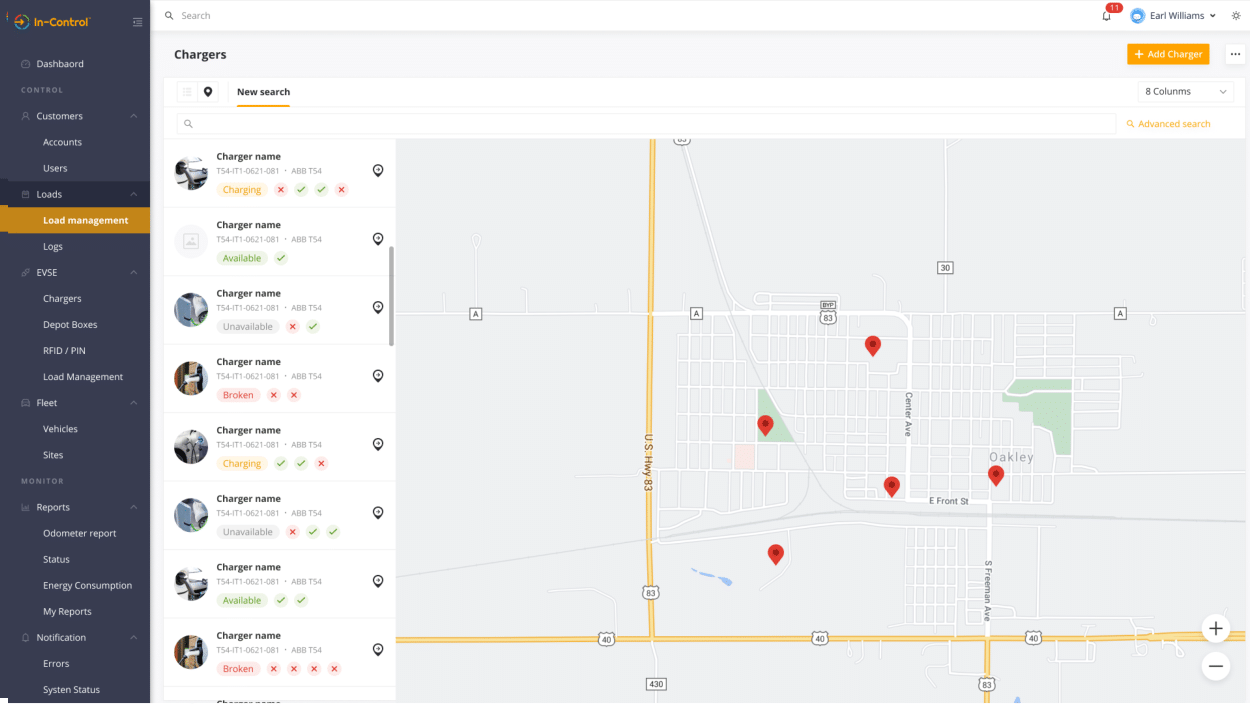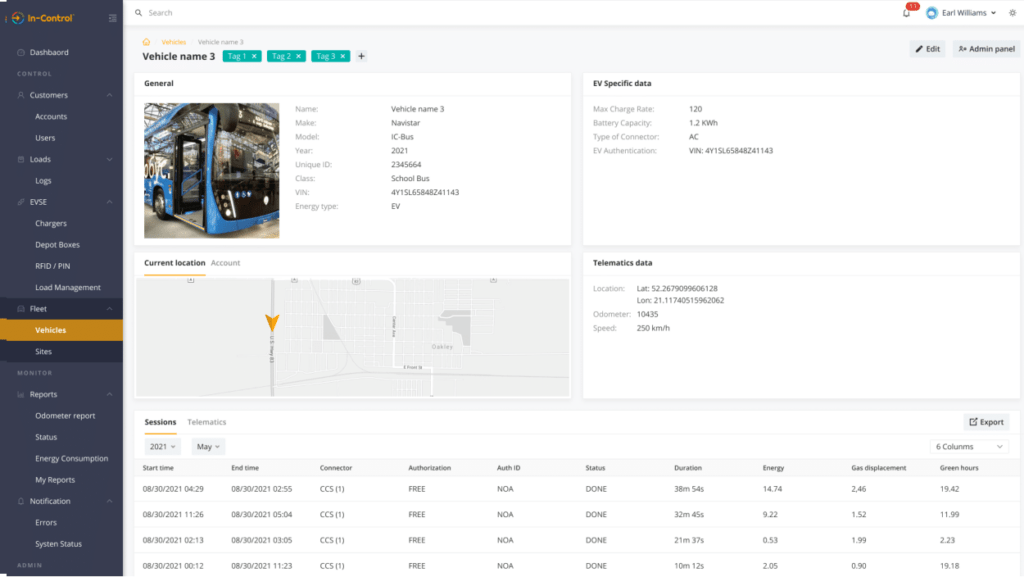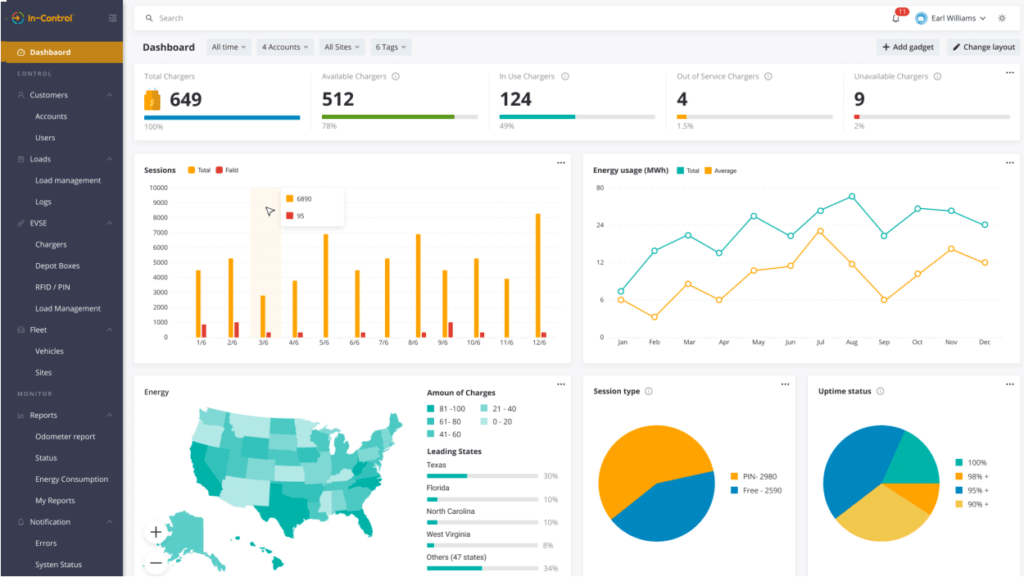A web-based platform for EV charging stations with the concept aimed at reducing emissions and stimulating renewable energy consumption by 30%. The platform maintains over 10,000 EV chargers and is ready to offer two different client portals.

Goal
#1 EV charging operator in the US entrusted our team with creating software to remotely manage their sites. The fundamental purposes were to:
- monitor and operate charging stations remotely over a secure network;
- optimize energy usage;
- create infrastructure for operating EV charging stations.
Challenges
Here are the challenges we needed to address:
- Secure the needs of administrators, dispatchers, and maintenance teams;
- Optimize numerous business processes;
- Provide a system with health checks and data reports for different charging manufacturers.

Solutions
We’ve implemented the following solutions:
Reliable Maintenance and Health Checks
One of the key solutions we’ve come up with was to provide adequate maintenance, system health checks, and a well-established support system. All of this aims to prevent failures of charging equipment. In addition, such an approach makes the charger management network stable, reliable, and competitive.
Data-driven Monitoring System
Another critical aspect of the software is a convenient analytical system that provides constant reports and insights. In addition, it enables controlling energy usage by various indicators and measuring ROI (Return on Investment) remotely by operators.
Prioritized Security
There are several risks in fleet management, from malware to potential hacks and power outages. Thus, the security of such a network is vital. Our experts did their best to ensure it.
Key features
OCPP 1.6 and 2.0
Protocol support provides flexible charger management, data collection and analysis, and seamless infrastructure scaling.
Сharger Management
An easy-to-use dashboard provides instant access to the required data and facilitates fleet management.
Load Management
Load management is a must-have integration that ensures the balance between the electricity supply and the electrical load.
Fleet and 3P software integrations
Fleet and third-party integrations are necessary to collect and deliver the essential information to the charging management software.
Site-Level Energy Management
The users can control energy consumption and distribution to optimize it when needed. As a result, the energy consumption process has become 30% more efficient.
Technologies
All the modules are autonomous in the software we built, set in a separate docker in Kubernetes. They interact with each other across RabbitMq or Graphql API. We decided to use Kibana open-source tool and an autoscaler to monitor and log data.
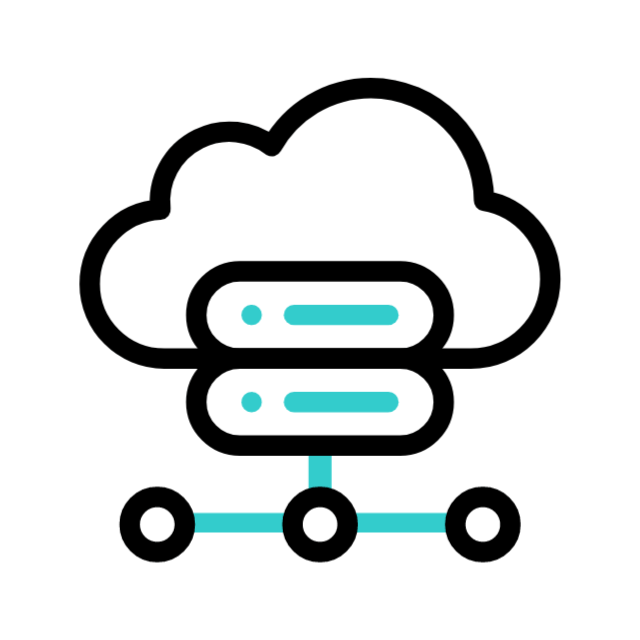
Infrastructure: Docker, Kubernetes, Helm charts, Elastic, Logstash, Kibana
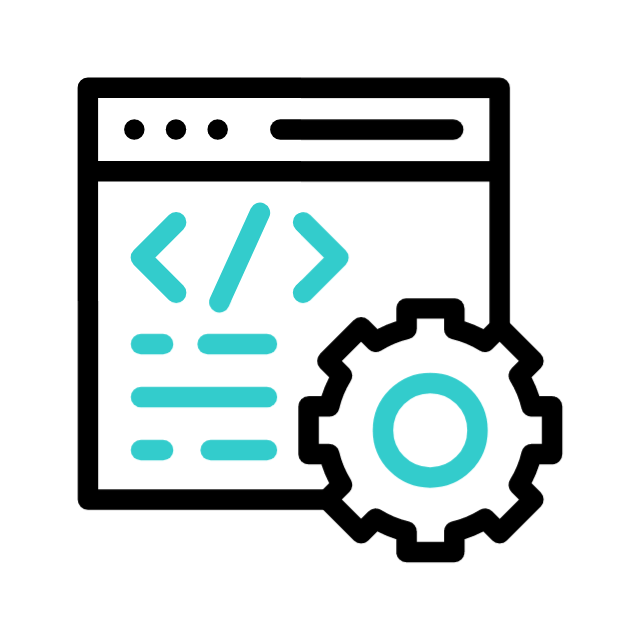
Development Stack: Phoenix, SOA, OCPP, Cassandra, GRPC, RabbitMQ, Prometheus, Loki, Reactjs, Graphql, Typescript
Outcomes
Our team has developed a web-based charging management platform that successfully serves the client’s needs. We’ve come up with efficient solutions that ensure the app’s security, convenience, and immediate access to the required data. As a result, energy consumption efficiency has experienced a significant increase.

Let’s Discuss Your Project
Talk to a specialist
With 40+ completed projects, we can offer tried and tested solutions tailored to your business. Fill out the form to tell us more about your goals and needs, and we will lead your business to success.


